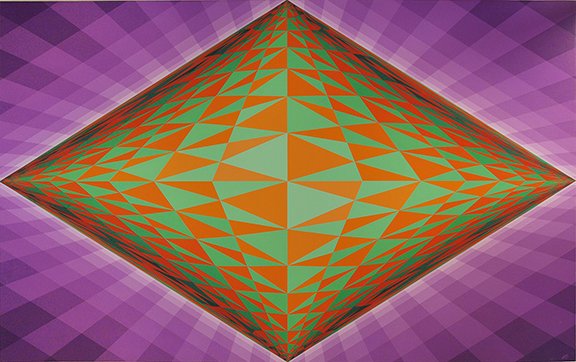Edward Sumnor Goldman
Edward Sumnor Goldman was born in Boston, MA on December 11th, 1924. He was the son of Frank Goldman, a lawyer and activist, and Rose Seidman Goldman, an artist, poet, and political writer. He was the third of three sons.
A fierce patriot, Edward was allowed to leave school early during high school to obtain the afternoon edition of newspapers as he followed the beginning of World War II. He matriculated to Harvard College of Harvard University in June, 1942, not yet 18 years old. On his 18th birthday, he volunteered for the U.S. Marines but was rejected. He was told he didn’t weigh enough (5’11”, 120 lbs), and that he should eat bananas and try the Navy. He ate bananas and was accepted into the Navy a few days later. He attended Midshipman’s School concurrently with continuing his degree in Romance Languages and Astronomy at Harvard until he was sent to Officer Training School in Chicago. As a Lieutenant JG, he was assigned to Japanese Language School in Stillwater, OK. He and his fellow Navy officers were trained in Japanese language and culture, preparing for the projected invasion of Japan.
In April, 1945, newly assigned to complete his language school requirements at the University of Colorado at Boulder, he met Elaine Beck. They were engaged a week after they met and married on September 2nd, 1945, the day the Japanese surrendered. Ed was 20, Elaine was 21. They remained married until Ed’s death in 2012.
They set up house first with Elaine’s parents, then, once housing began to become available in the postwar boom, in their own small house in Denver. Ed joined Elaine’s father’s family business where he worked until 1989 when he sold the company.
Their first child was born in October, 1946 and their second in August, 1948.
Ed was instrumental in growing the family business, while simultaneously becoming active in local then state Democratic Party politics, yet he continued to search for an artistic outlet. He tried his hand at poetry and playwriting. Then, rather suddenly, on a Saturday morning in June, 1960, he purchased his first paints, brushes, and canvas board. He had found his medium.
For decades he would spend almost every evening and most of the weekends painting. He worked with one teacher, Bill Longley but quickly surpassed him. Ed was mainly self-taught. For him, traveling mainly meant visiting art museums. He read voraciously (also history; in fact, he could have taught college classes on the Civil War and World War II), spent hours looking through art books absorbing technique, use of color, and artistry. He thought a lot and turned those thoughts into paintings.
Ed began painting scenery, still life scenes mostly, copying the Impressionist masters. His skill increased as did his creativity and ability to express himself on canvas. He became fascinated with old buildings, driving around the parts of Denver where there were many. He would photograph them and then, over weeks of evenings in his basement studio, paint them (Tricky Dicky’s, Café Chihuahua, Charlie’s Café).
In the early 1970s, he became fascinated by the New York School of painters, most especially Barnett Newman. The inspiration for his abstract paintings began at that time (Forsooth Forsythia). I can remember attending a funeral with him, and as we walked out, he took a scrap of paper from his pocket, and sketched for about five minutes. Then followed some of his finest works, the Infinity Series.
Ed continued painting his abstract paintings of increasing size and complexity, some of his finest scenery works (Maroon Bells, Spring), and his desolate buildings and houses throughout the 70s and 80s. It is interesting and important to notice that Ed almost never painted people.
Returning from a journey to Germany and England in 1979 on the QE2, Ed and Elaine happened to meet the abstract and expressionist painter and widow of Jackson Pollock, Lee Krasner, and spent most evenings dining together. It was one of the most important artistic meetings of Ed’s artistic career. Ed continued to paint into the 1990s, finally stopping around the year 2000. His last canvas was an intricate (and therefore uncharacteristic) drawing of a circus scene that sat on his easel for years. His widow disposed of it after his death.
Edward Goldman’s career as a painter was highly unusual. Anyone might have said painting was his hobby, but Ed was far too intense ever to have had a hobby. Moreover, the quality of his work, both in terms of creativity as well as execution far surpassed a hobby. Early in his career he entered competitions for local art shows, almost always gaining entry into the shows. However, as paintings began to sell, Edward would only show when he was allowed to mark his work Not For Sale. Consequently, until after his death and a one-man show mounted by the David Cook Gallery in Denver, very few of his paintings were ever seen outside his home.
Now, more than a decade after his death (March 6, 2012), his family has decided to put his art on the market. It is time for Edward Goldman’s art to be seen.



